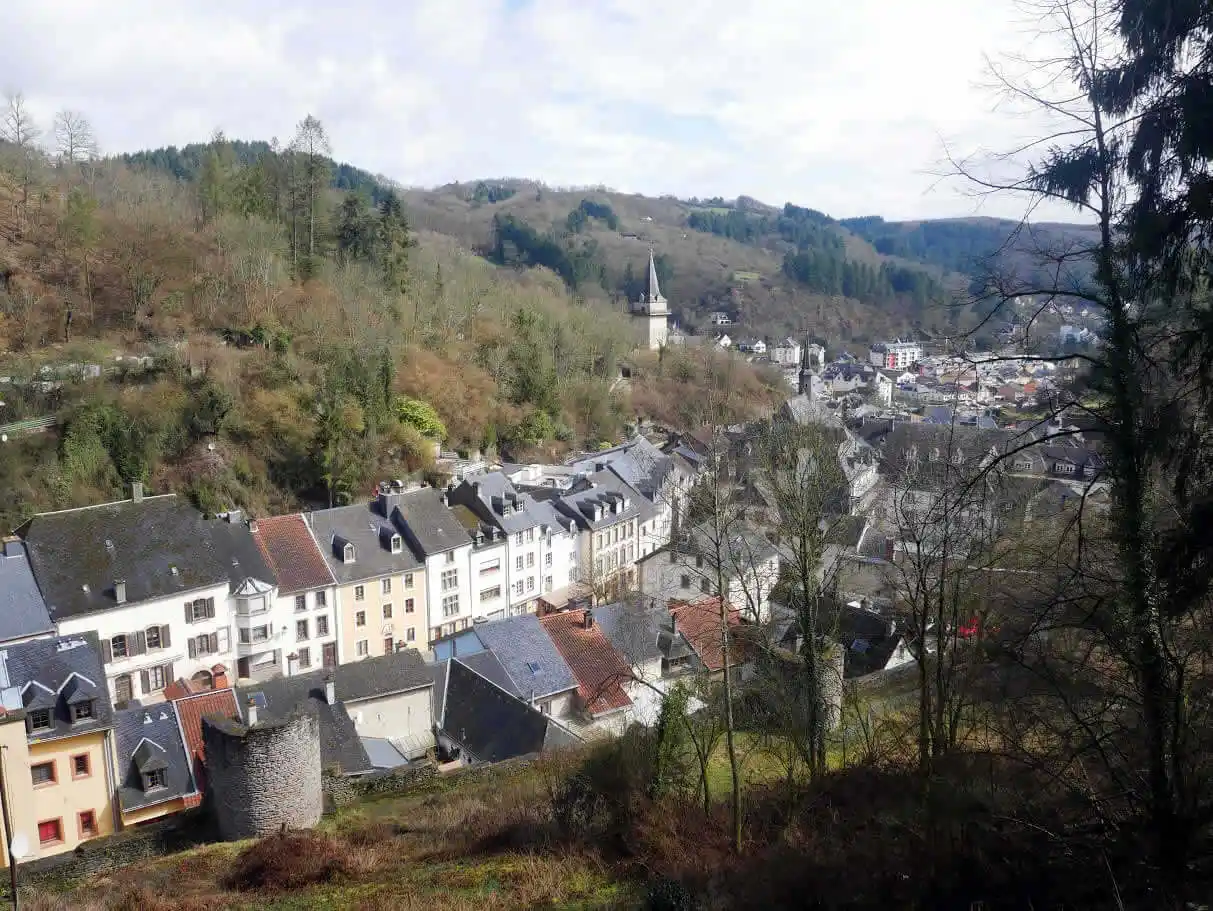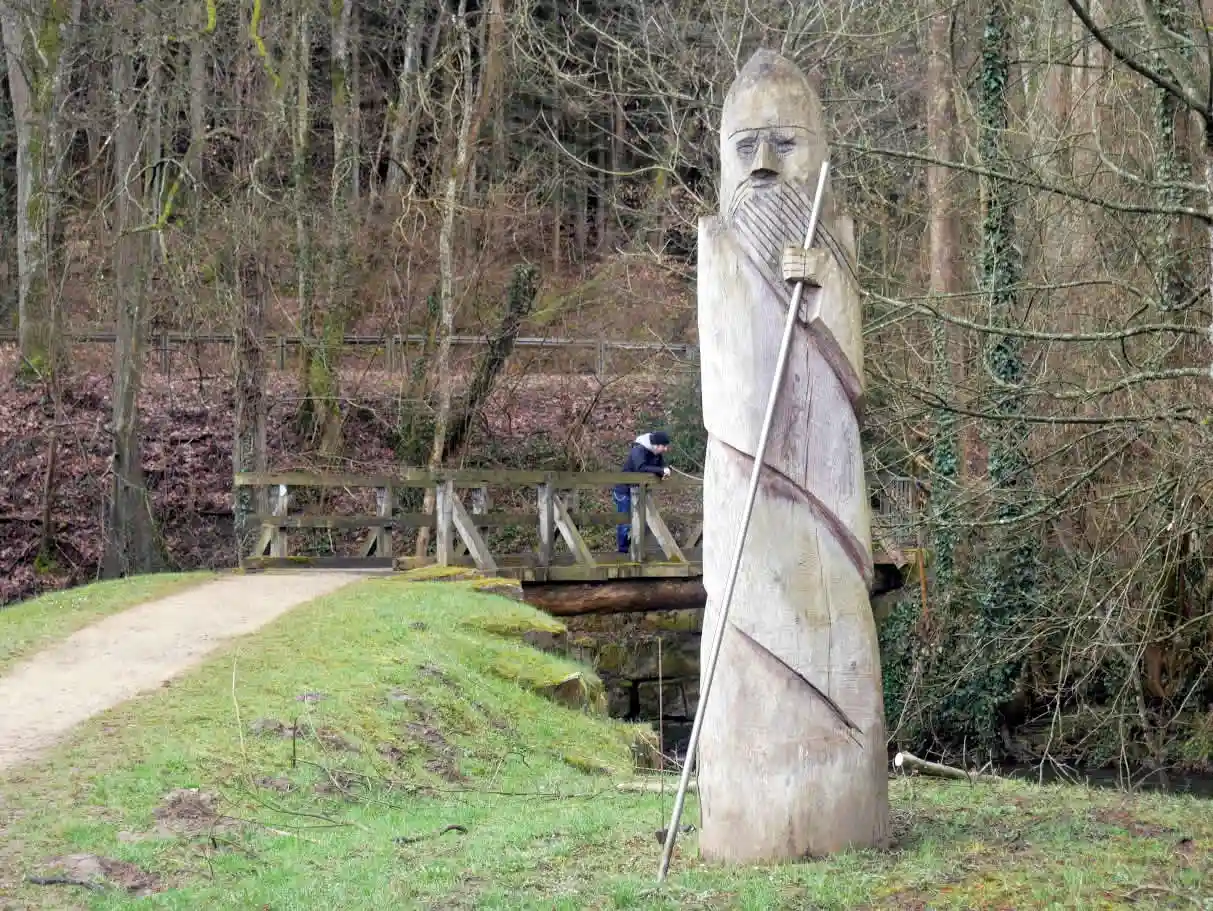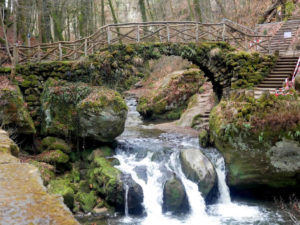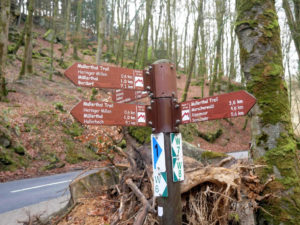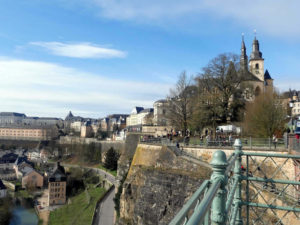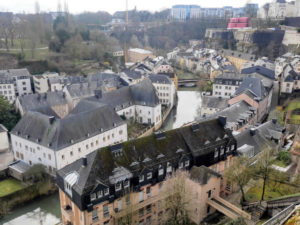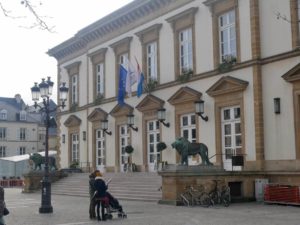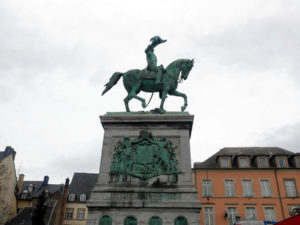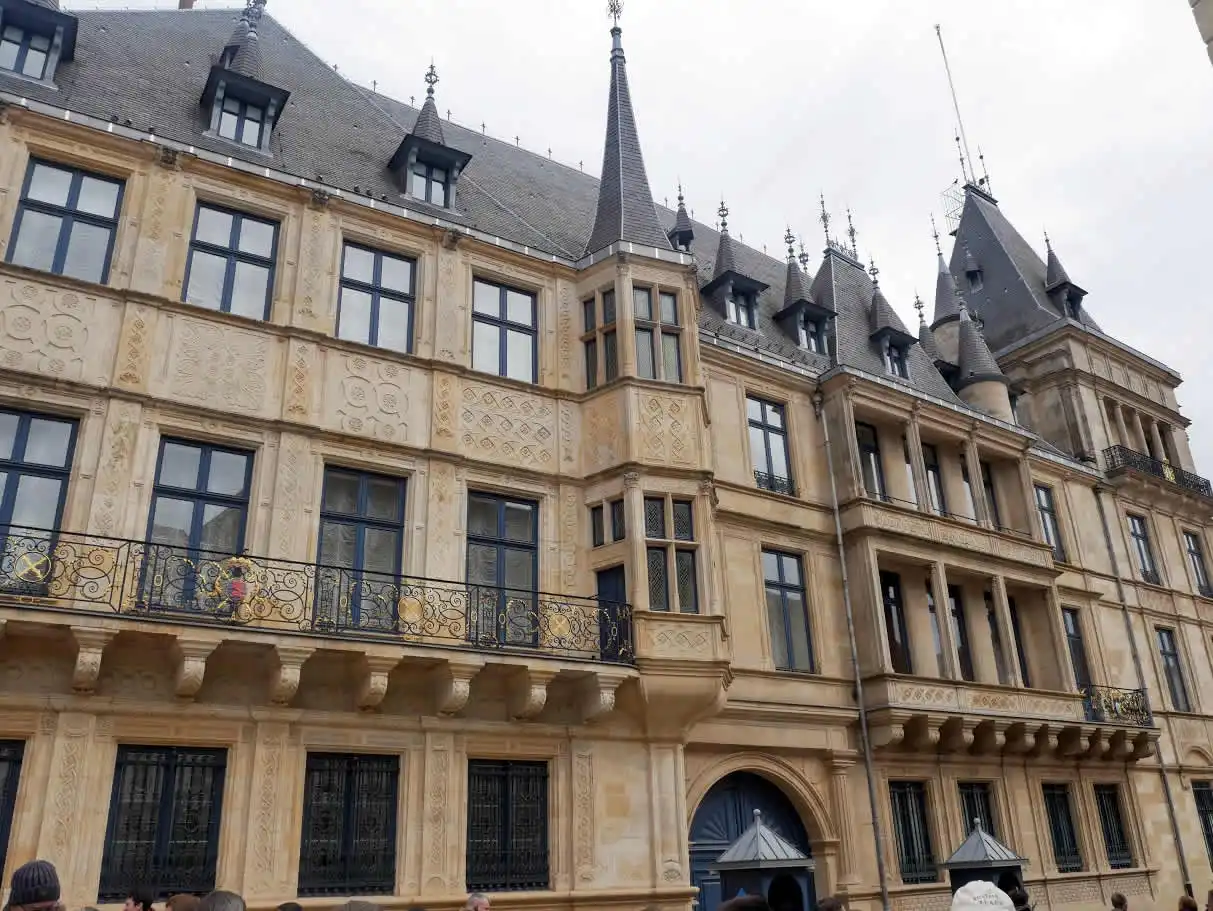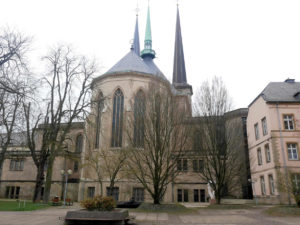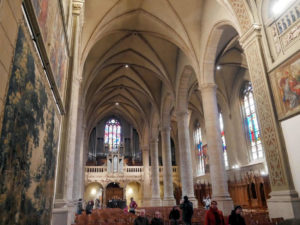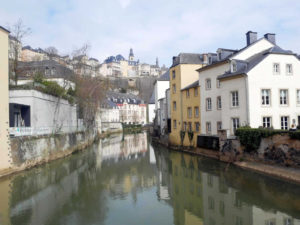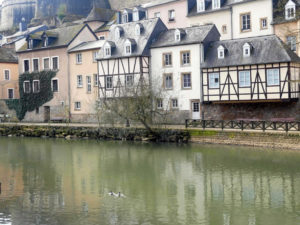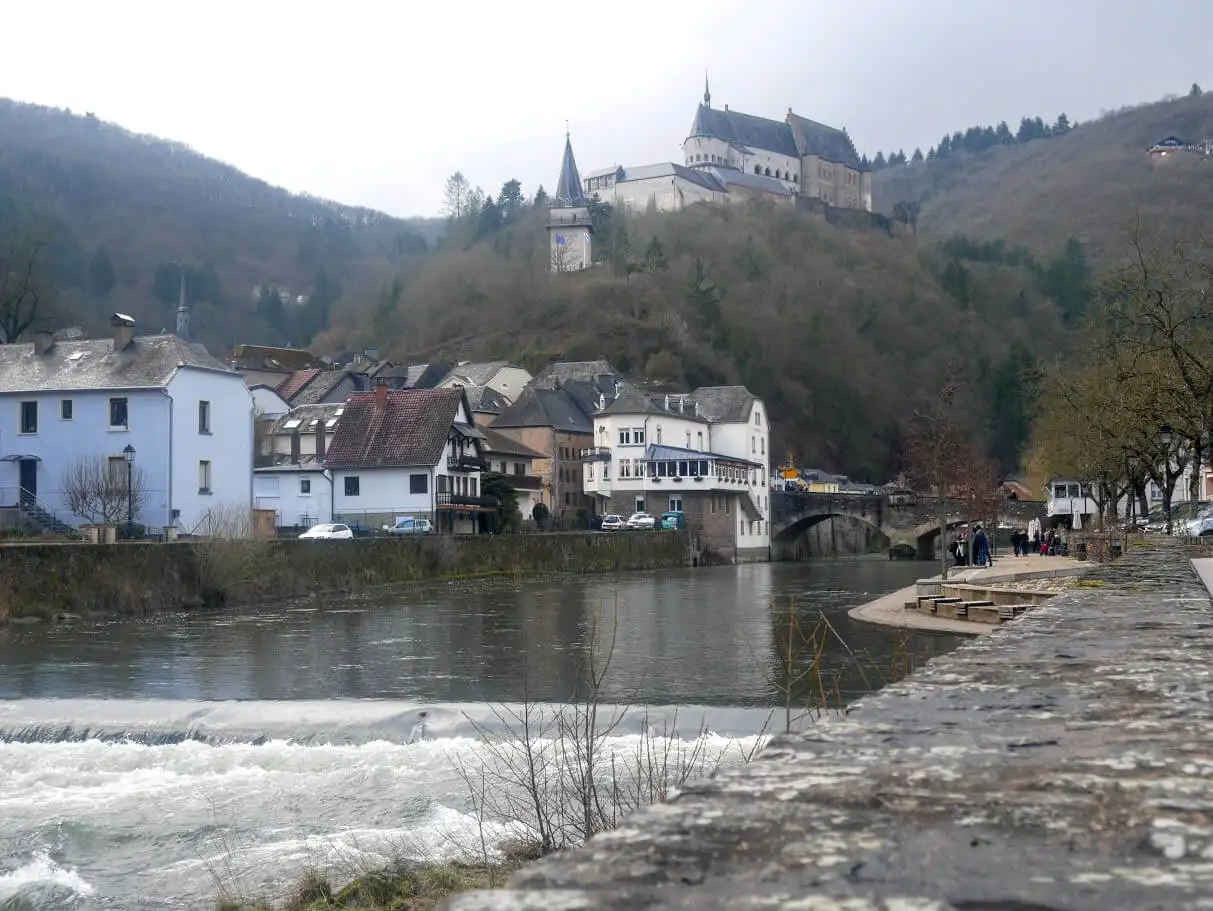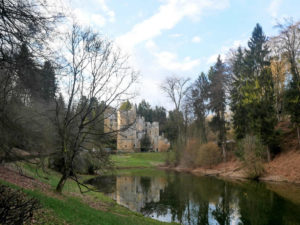Blog post ‘Grand Duchy of Luxembourg: What to see in Luxembourg’ was first published on Culture Tourist on June 29th 2018, and updated on September 14th 2021.
With around 600,000 inhabitants, the Grand Duchy of Luxembourg is one of the smallest countries in Europe. It’s a charming place filled with beautiful castles, picturesque villages and exciting history. Situated between Belgium, Germany and France, it’s influenced by all of its neighbours. Although a small country, there are so many interesting places to see there. So, if you were wondering about what to see in Luxembourg, here is your complete travel guide to the Grand Duchy of Luxembourg.
Grand Duchy of Luxembourg: What to see in Luxembourg
Luxembourg has a lovely combination of beautiful nature, charming old towns, medieval castles, rich culture, and fantastic cuisine. During my visit to Luxembourg, I had an impression as I’m in an old part of Europe. The country is filled with interesting history and exciting stories.
Grand Duchy of Luxembourg definitely has something for everyone. However, good planning is crucial when visiting that beautiful country, because it’s filled with fascinating sights to see and so many different things to do while in Luxembourg.
⤷ Read more: 15 best museums in Europe you have to visit this year
How to get to Luxembourg
⤷ Rent a car – Luxembourg is centrally located in western Europe and easily reachable by car. You can also fly to Luxembourg Airport and reach the country that way. However, if you’re planning to visit some smaller towns and castles, renting a car once in Luxembourg is a great idea. Roads are very good, and it’s easy to drive around. But, with its fantastic scenery, a road trip around Luxembourg is a tremendous experience itself.
⤷ A train from Brussels – A train between Brussels and Luxembourg departs a few times each day. You can check the schedule on a link here.
Things to know before visiting Luxembourg
⤷ Language in Luxembourg – Luxembourg has three official languages: Luxembourgish, German and French. Luxembourgish is a language people mostly speak with each other (it’s pretty similar to German). French is a language of business, while German is used in media. Many people spoke Dutch with me, but surprisingly, I had difficulties finding people speaking English in smaller towns.
⤷ Nearly half of the population of Luxembourg are immigrants – Around fifty percent of people living in Luxembourg are not Luxembourgers. Having one of the best economies in the world, and being one of its banking centres, it’s definitely very attractive as a business centre to many people.
⤷ Weather in Luxembourg – The weather in Luxembourg is not the best. There is a lot of rain and grey skies, but luckily rain doesn’t last long. And soon it’s replaced by a beautiful bright sky. So, it’s not a big problem at the end (hmmm… or maybe I’m just so used to the Dutch weather?)
⤷ Food & Drink in Luxembourg – During my trip to Luxembourg, someone said to me: ‘Luxembourg cuisine is a combination of French quality and German quantity’. And I would describe it the same way. It was a bit surprising for me that the country has a notable wine production. I tried some Rieslings produced in Luxembourg, and they were fantastic.
⤷ Second World War heritage in Luxembourg – Luxembourg was severely hit by the Second World War. Although officially neutral, it was occupied by the Nazis in 1940. Numerous museums, interesting sights and cemeteries are located all around the country. You can learn more about the Second World War in Luxembourg while visiting them. Check out the list of all of them on a link here.
Hiking & Camping in Luxembourg
Luxembourg is home to some breathtaking nature. More than a third of the country is covered by trees. Numerous camping sites are located all around the country. It’s a perfect place to visit if you would like to stay in nature.
One of the most famous hiking trails in Luxembourg is the Mullerthal Trail that’s 112 km long. It has a wide range of difficulty levels, and everyone can find a trail for themselves.
⤷ TIP: I especially liked the program called ‘Hiking without luggage’. It allows you to follow your hiking route without carrying a heavy backpack. It’s transferred in a car for you each day and will wait for you at your next hotel.
What to see in Luxembourg
Luxembourg City
Luxembourg City is the capital and the largest town in the country. It has a strong medieval feel, and the city centre looks like a fortress.
It forms a lovely combination with the modern architecture of its newer business neighbourhoods. The old town can be divided into the Upper and the Lower Town. The majority of historical sights are located in the Upper Town. Bellow you can see some of the most interesting ones.
Fortress of Luxembourg
Luxembourg City had an important strategic role throughout history. It was protecting the Low Countries from its enemies. That’s why its fortress was built and rebuilt over nine centuries. You can still see its remains quite well. Today, it’s a lovely place for a walk while enjoying the view of the Luxembourg City Old Town.
Bock Casemates
Luxembourg City is home to some 23 kilometres (14 miles) of casemates as a part of its defending walls. Built in 1644, they gave Luxembourg City a nickname, the Gibraltar of the North.
These casemates weren’t only a shelter for soldiers and their horses, but also a place for slaughterhouses, workshops, storages etc.
Place Guillaume II
Place Guillaume II is the main square in Luxembourg City. It’s in the exact location since the 13th century, and it was named after King William II. He ruled as a Great Duke of Luxembourg between 1840 and 1849, and his statue is still decorating the square. An exact copy of this statue is in The Hague since William II was also a Dutch king.
City Hall, built in the 1830s in Neoclassical style, is also located in this square. Nowadays, a market is organised in front of it.
⤷ TIP: Place Guillaume II is also the location of Luxembourg’s Tourist Office. You can get information about the city, brochures and pick up a copy of the city map there. They’re also organising city walks each day. I joined one of them and learned so much about the city. You can read more about them on a link here.
Luxembourg City History Museum
Luxembourg City History Museum is a perfect place to learn more about the long history of that country. It’s located inside the four historical buildings that are connected together.
However, its architecture also has some modern additions. While riding within its huge glass elevator, you’ll have a chance to see the structure of the rocks and the remains of the old city architecture. All of that while saving you from climbing to the Upper Town.
Grand Ducal Palace
The Grand Ducal Palace is the official residence of the Grand Duke of Luxembourg. He has his offices there; it’s where he’s receiving official state visitors and where special celebrations are organised.
The palace was built during the 16th century, and it’s a great example of the Flemish Renaissance. It’s guarded by special soldiers and could be visited during the summer period.
Grand Duchess Charlotte Monument
Grand Duchess Charlotte ruled the Grand Duchy of Luxembourg between 1919 and 1964. She was very popular among Luxembourgers, so they erected the statue in her honour after her death in 1990. The monument is located on Clairefontaine Square.
Notre Dame Cathedral
Notre Dame Cathedral is the only cathedral in the whole country. It was built during the 17th century, originally as a Jesuit church. The church has an interesting combination of the late Gothic style and some Renaissance elements. The Notre Dame Cathedral also serves as a burial place for the royal family members.
Gëlle Fra Memorial
Another interesting sight in Luxembourg City is located outside the cathedral – Gëlle Fra Memorial on the Constitution Square. It was built in 1923 to honour all the citizens of Luxembourg who participated in the First World War.
The memorial consists of the Greek goddess Nike statue located on the top of the 21 meters tall obelisk. During the Nazi occupation in 1940, the statue was destroyed. However, it was restored and erected once again in 1984.
Luxembourg City Lower Town
Luxembourg City Lower Town is filled with small picturesque streets that reminded me of Paris a little bit. There is an elevator that connects Upper and Lower Town. It connects the Plateau du Saint-Esprit to the Grund area, and it’s free of charge.
Neimënster
Neimënster is a colossal church complex you’ll notice right away in the Lower Town. The old Benedictine abbey that was once here was destroyed in 1542. The present church and monastery were rebuilt later on.
After the French Revolution, it became a military hospital. Later on, it was used as a prison and remained to have that function that until 1980. However, that lovely building is home to the cultural centre today.
National Museum of Natural History
Very close to the Neimënster, the National Museum of Natural History is located. It’s a place where you can learn about the universe, different regions and species living in Luxembourg.
⤷ Read more: The most interesting European myths and legends
Castles you should visit in Luxembourg
There are around 130 castles in the Grand Duchy of Luxembourg. Many of them could still be visited.
Vianden Castle
Vianden is absolutely one of the most beautiful castles I’ve ever seen. Located on the top of the hill above a small town of Vianden, it looks like it hasn’t changed since the Middle Ages. The castle can be visited, and it’s home to the lovely museum and a restaurant located inside it.
Beaufort Castle
Beaufort is a castle located around one hour ride from Luxembourg City. It was protected by a moat that could still be seen today. There is a nice walking trail next to it, so it’s a great place to enjoy medieval architecture and lovely nature.
Bourscheid Castle
Bourscheid is another medieval castle that has a role in protecting Luxembourg from the invaders. It’s interesting because of its triangular shape. Although under the reconstruction in a moment, it’s still very much worth visiting.
⤷ Read more: 21 most beautiful castles in Europe
Grand Duchy of Luxembourg is a small country. Still, it has a rich and exciting history, beautiful nature and so many fascinating places to see. It would be impossible to mention all of them in this brief Luxembourg travel guide. However, this article should be a great start for planning your trip to Luxembourg.
If you’d like more info about Luxembourg, check out some of these paper guides below.
*This post contains some affiliate links.



